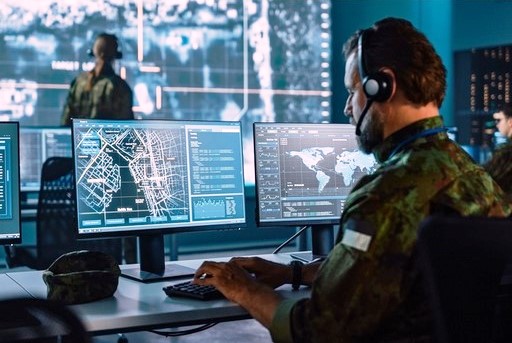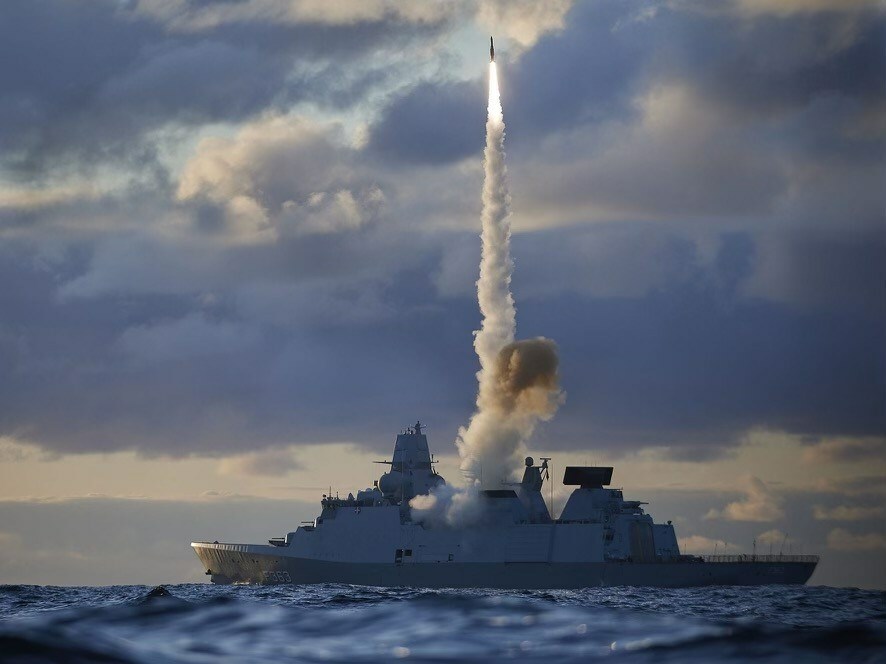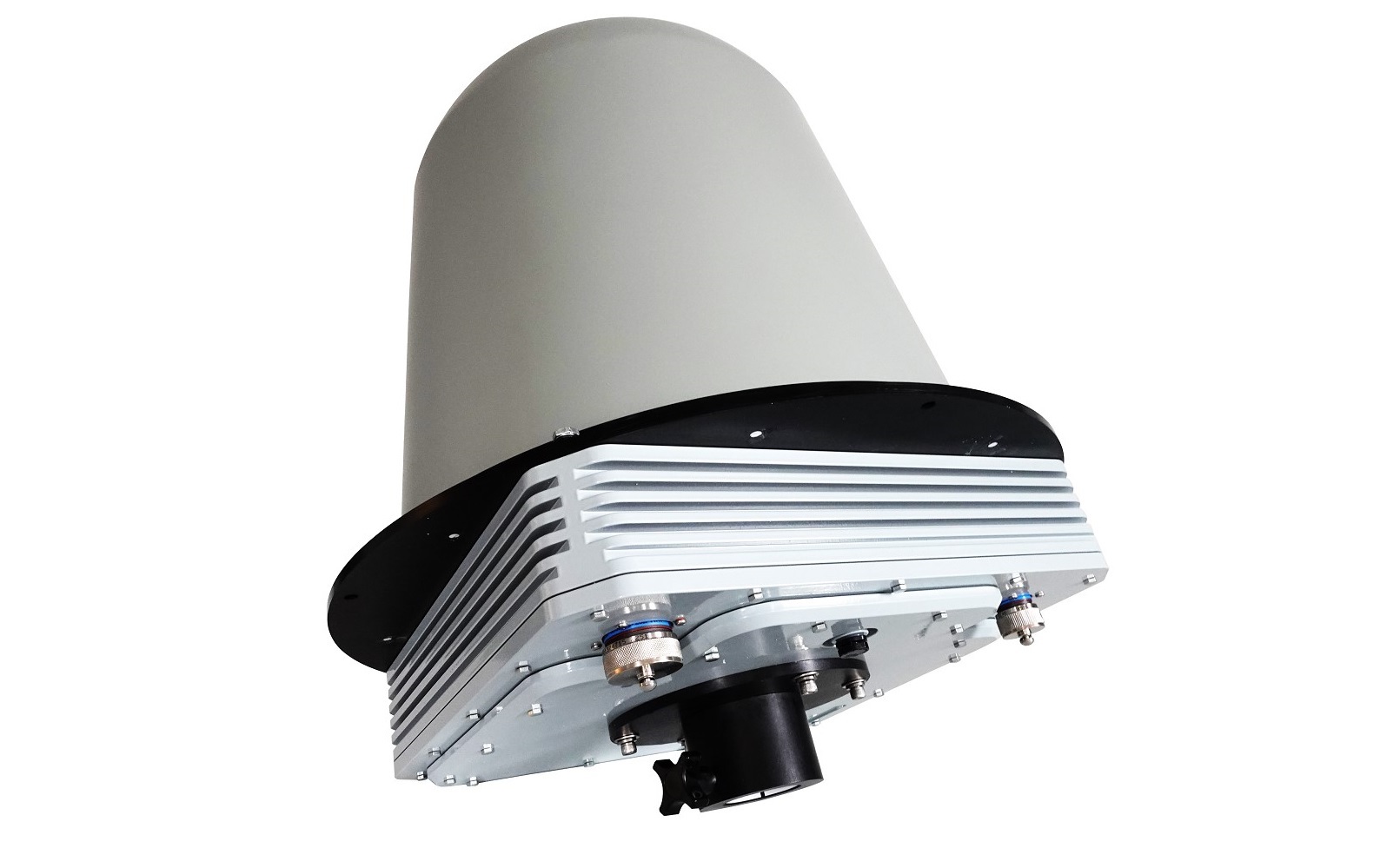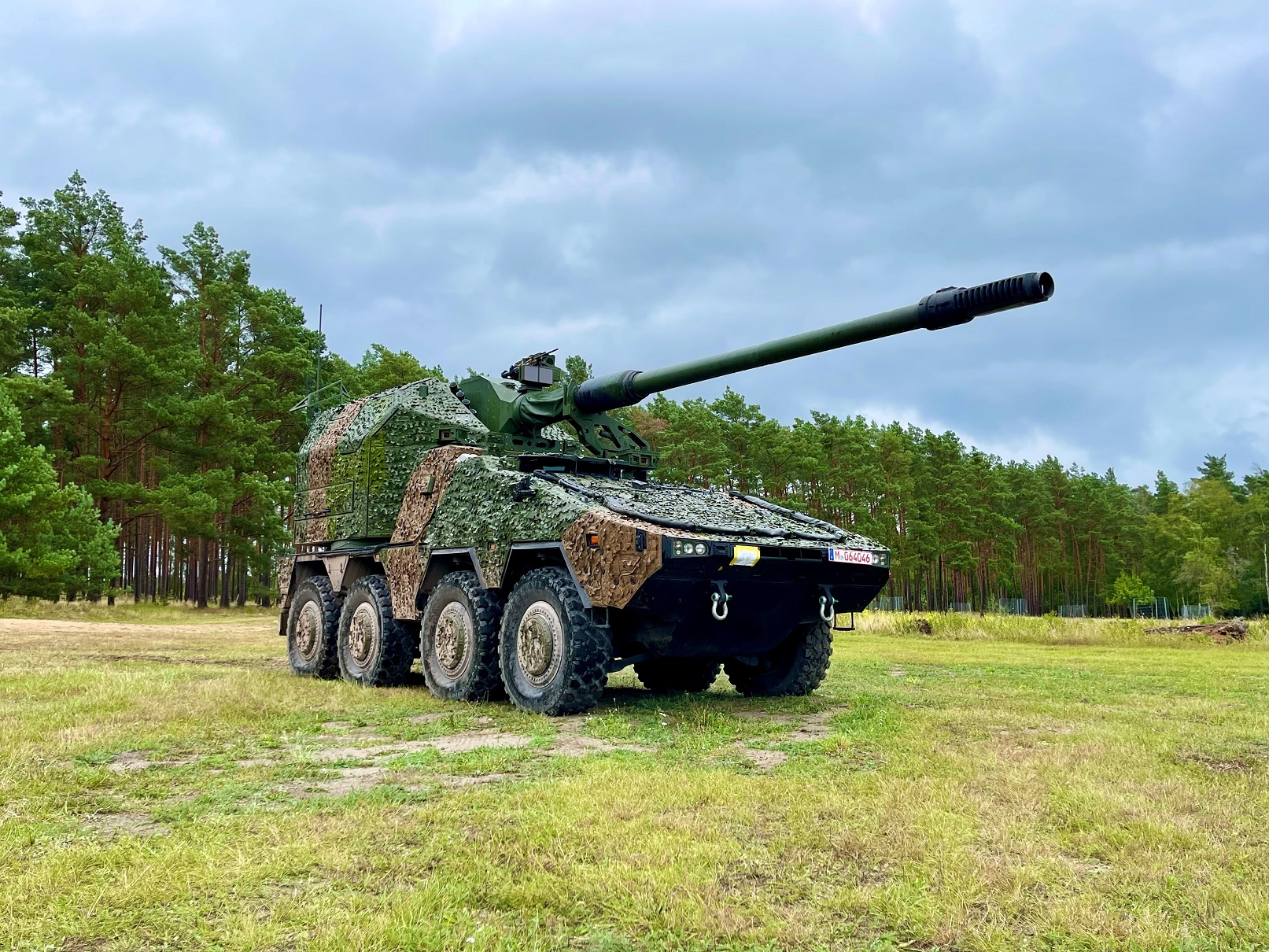Military fixed wing market driven by procurement and modernisation programmes

Above:
The first use of the term multirole combat aircraft was by the multinational European project named Multi-Role Combat Aircraft, which was formed in 1968 to produce an aircraft capable of tactical strike, aerial reconnaissance, air defence and maritime roles. The project produced the Panavia Tornado to replace a multitude of different types in the cooperating air forces. Here, two RAF Tornado GR-4s from the 617 Squadron at RAF Lossiemouth, Scotland, pull away from a KC-135 Stratotanker after refuelling on Sunday, 14 May, 2006.
Courtesy
Master Sgt. Lance Cheung, USAF
Next-generation platforms, including modern multirole combat and special mission aircraft are likely to dominate the market for the coming 10 years. Advanced integrated modular avionics and intelligence, surveillance and reconnaissance (ISR)-oriented upgrades will also remain prominent.
New analysis from Frost & Sullivan, Global Military Fixed Wing Market Assessment, finds that the market earned revenues of $63.33 billion in 2014 and estimates this to reach $72.77 billion in 2023. The study covers the combat, trainer, utility and special mission application segments.
The combat and special mission application segments will continue to be lucrative as air forces across the globe are looking to establish and enhance air-to-ground attack and ISR capabilities. While air forces will acquire and upgrade fighter aircrafts to protect themselves from evolving aerial threats, navies will procure maritime patrol and surveillance aircrafts to support their expanding fleets.
“For aerial troop transport and tactical intelligence gathering efforts, transport and surveillance aircrafts will also be used,” said Frost & Sullivan Aerospace & Defence Senior Research Analyst Arun Kumar Sampathkumar. “These activities will impose the need to upgrade and expand existing fleets as per requirements.”
However, budget cuts will adversely impact defence spending in the West. Until the situation improves, the execution of major procurement programmes will be delayed. Defence forces will resort to upgrade programmes to meet their immediate needs and push their procurement commitments to the mid- and long-term.
Further, countries that are dependent on oil revenues to fund their defence programmes will face budget constraints owing to the decrease in oil prices. As with Western countries, this could lead to the postponement of aircraft development/procurement programmes to the mid/long-term and prioritisation of upgrade programmes.
Unfortunately for Western suppliers, sanctions/embargoes will restrict them from entering emerging markets, where strong investment opportunities exist. Much of the business in these markets will therefore be lost to suppliers from other regions.
“Partnerships with domestic suppliers and system integrators will be crucial as the defence forces in each region have very specific mission requirements and budget constraints,” highlighted Sampathkumar. “This will enable market participants to provide platforms at a reduced cost to forces, thereby fuelling growing defence spending trends in these markets.”
Additionally, offering a diverse set of on-board avionics to choose from will be welcomed by the defence forces and give a competitive edge to military fixed wing suppliers. The best way for market participants to develop and supply advanced avionics will be to work closely with customers and system integrators. This will allow market participants to meet top-level system requirements as well as design solutions that can integrate and enhance emerging architectures comprising of components from multiple suppliers.
Overall, seamless connectivity, high data throughput, and commonality of data structures will be the most sought-after avionics features. Smaller and versatile air capabilities, along with platforms consisting of systems that support defence forces’ command, control, communications, computers, ISR aspirations will also be popular.













